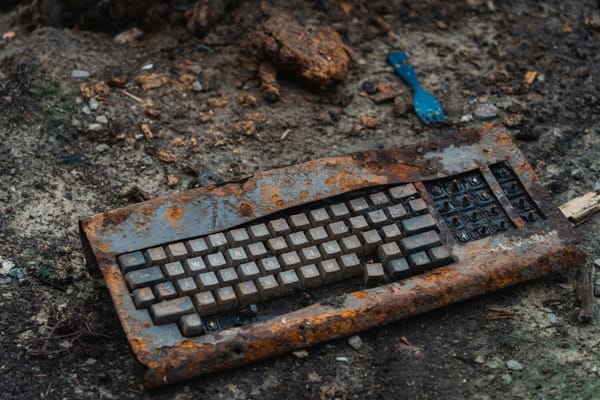The Carbon Sink Industry
The Stick it Down the Sink Edition

America is facing a hard truth - it no longer leads in mining.
China controls more than 70 percent of the world’s rare earth mineral production and the US imports nearly three-quarters of its supply from there. In response, President Trump’s March 2025 executive order aims to reshore mineral production, unlock domestic reserves and future-proof America’s industrial base.
It won't be fast and it won't be pretty. But a report from the Carbon Removal Alliance has suggested that introducing carbon removal technology can transform mining from a dusty, slow-moving sector to one that looks more like advanced engineering.
Mining waste can naturally absorb CO2, a process sped up by crushing and treating the materials on-site - known as enhanced rock weathering. This boosts mineral recovery and cuts waste. Canadian firm Winsome Resources has built a dual-use mine that extracts lithium and sequesters carbon.
The US has the geological assets and technological knowhow to follow suit but lacks the speed, permitting clarity and coordinated federal incentives to scale.
The report argues that carbon removal should be central to America’s industrial strategy. Mines are not just mineral sources - they are carbon sinks, job creators and potential cornerstones of energy and climate resilience.
Industry challenges to learn from
- Permitting paralysis - Building a new mine in the US takes nearly three decades.
- Readiness - Integrating carbon removal is not plug-and-play. It requires new partnerships, technical integration and operational overhaul.
- Narrative - Most mining companies still speak the language of extraction. For these companies to be successful, the narrative must change from from compliance to opportunity, from challenge to sequestration and from legacy industry to advanced engineering
Have a good day
Dan




